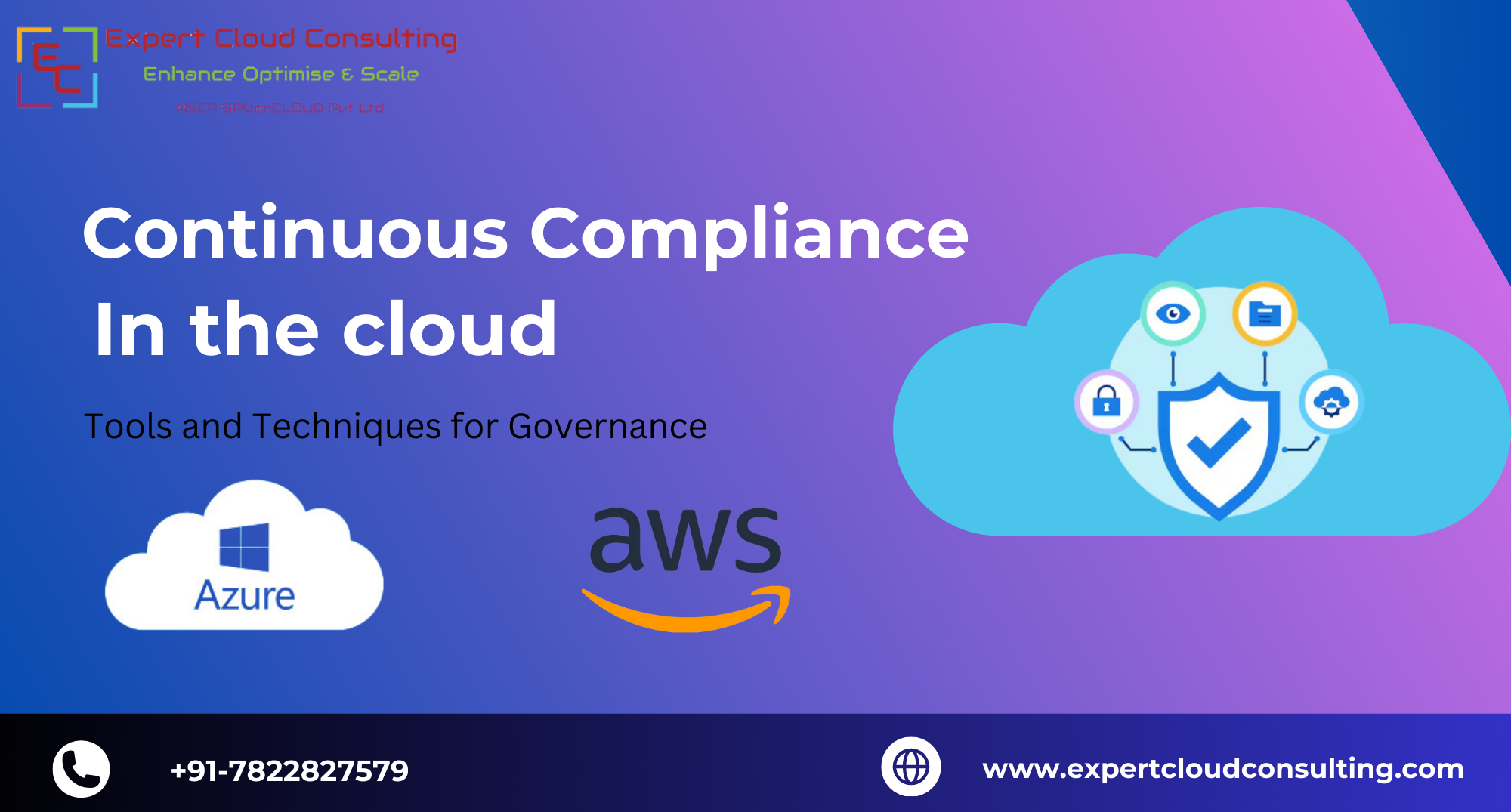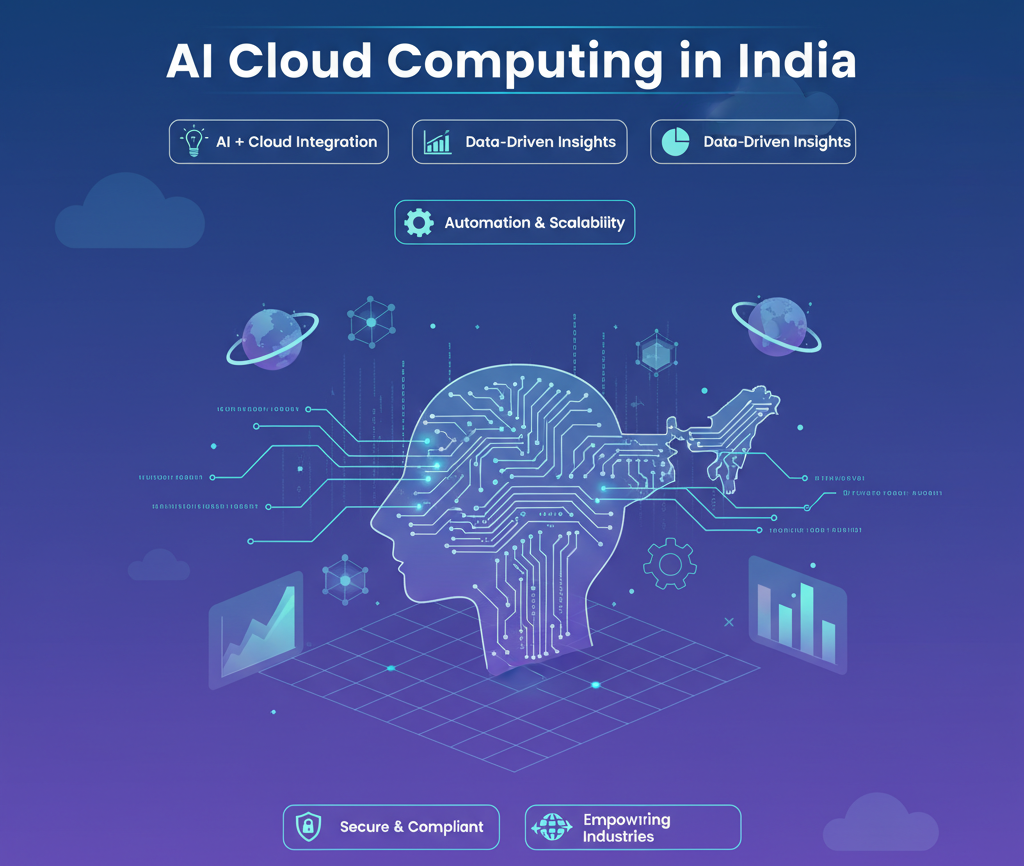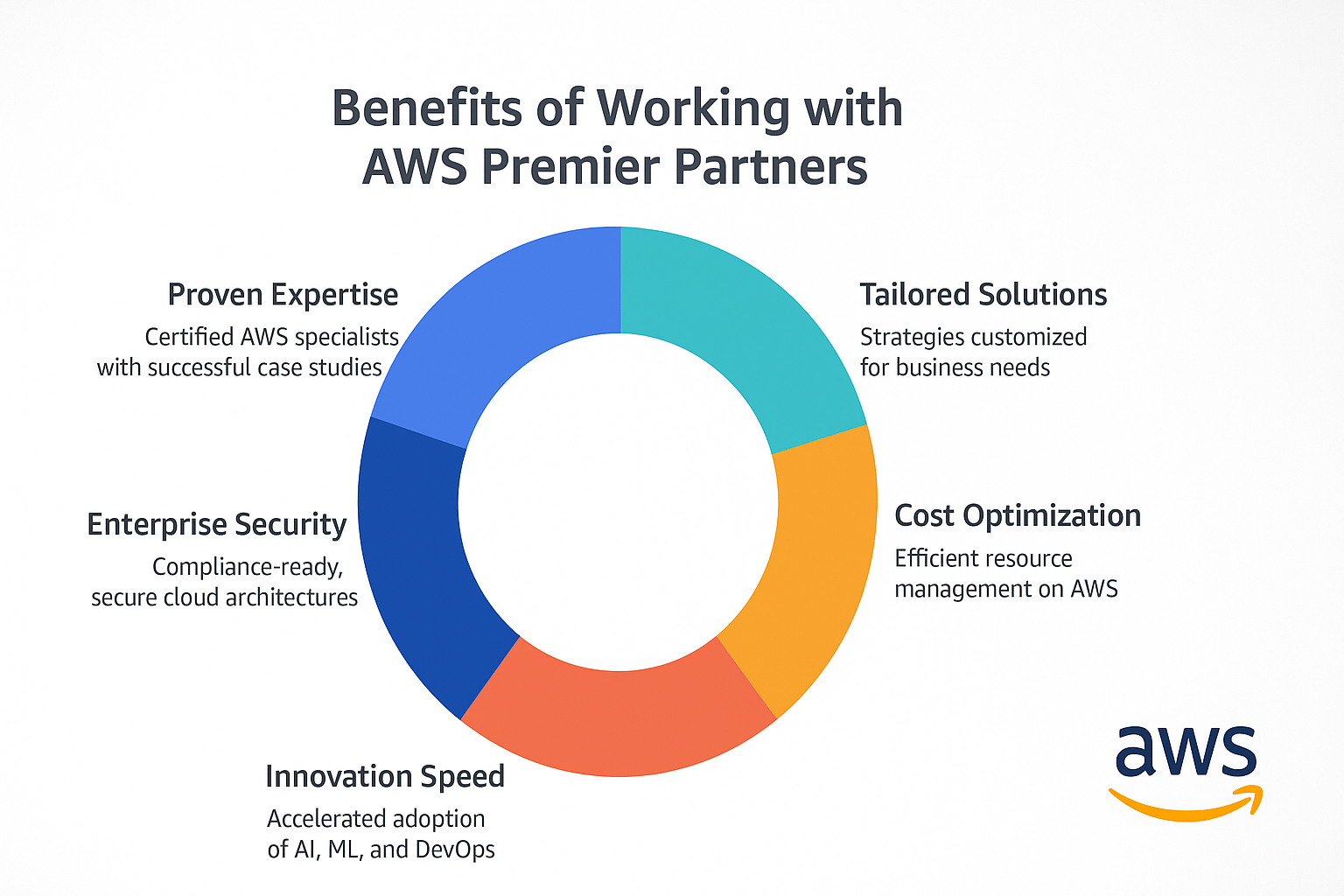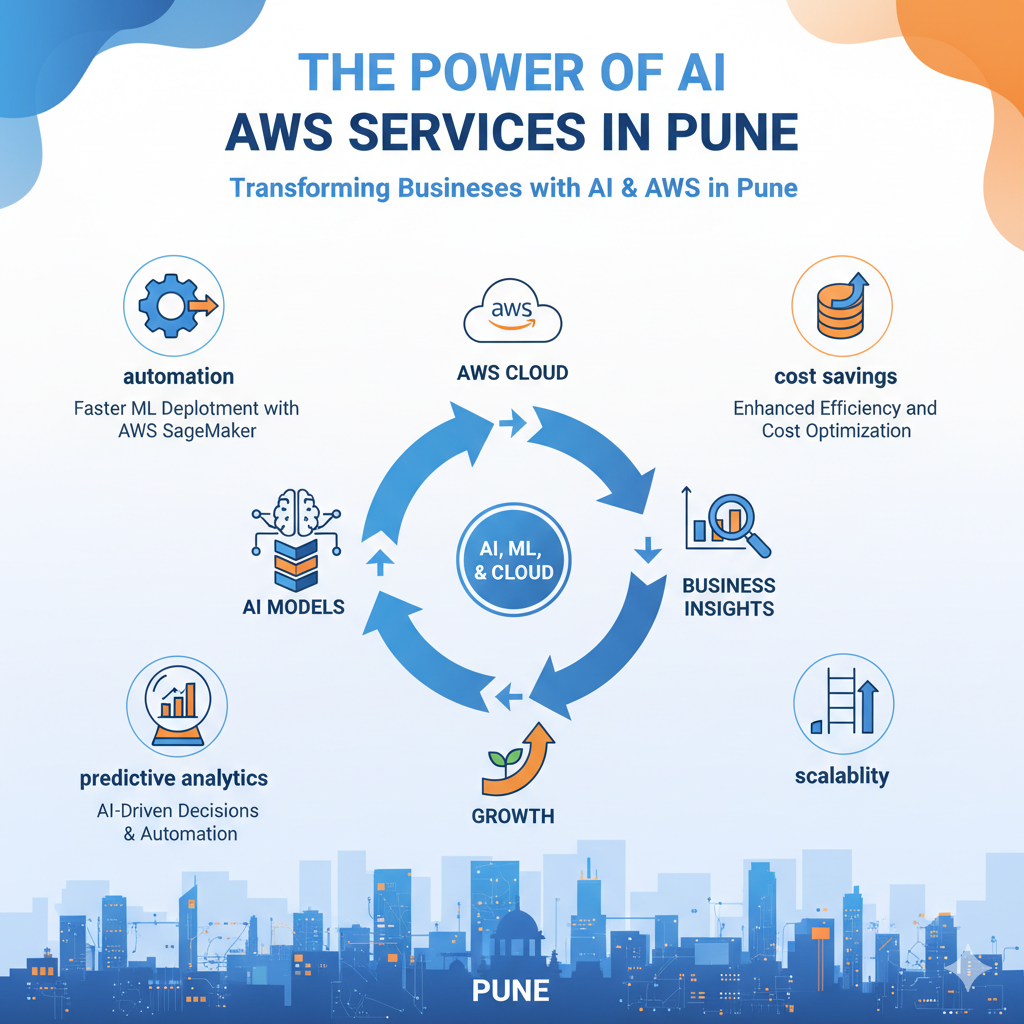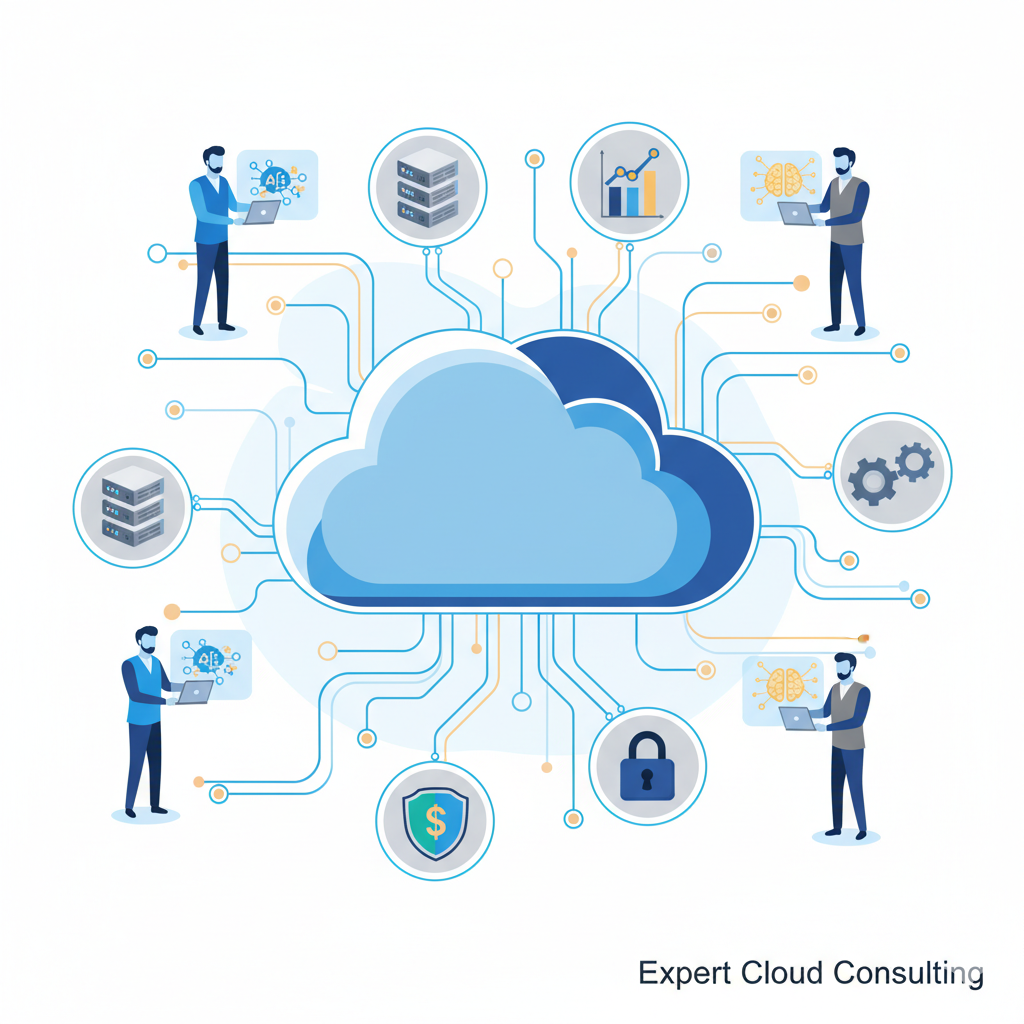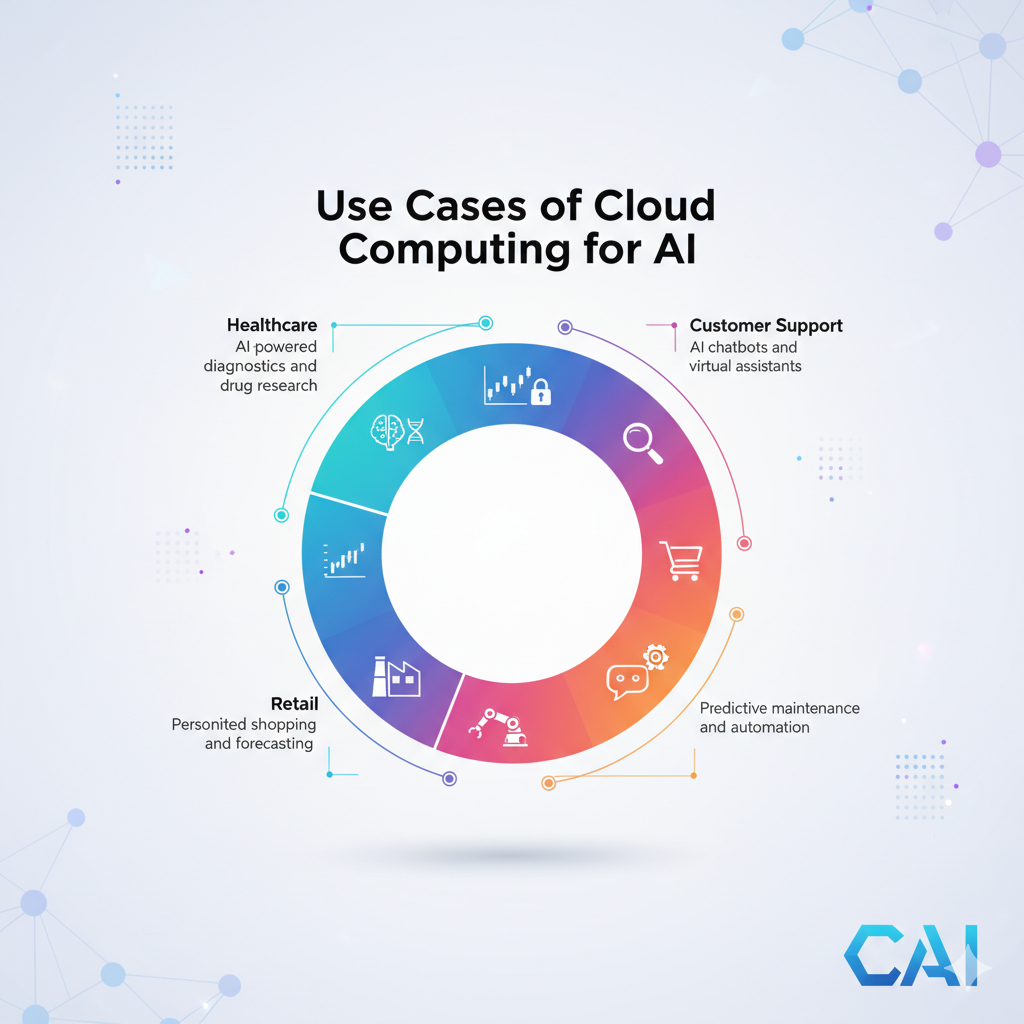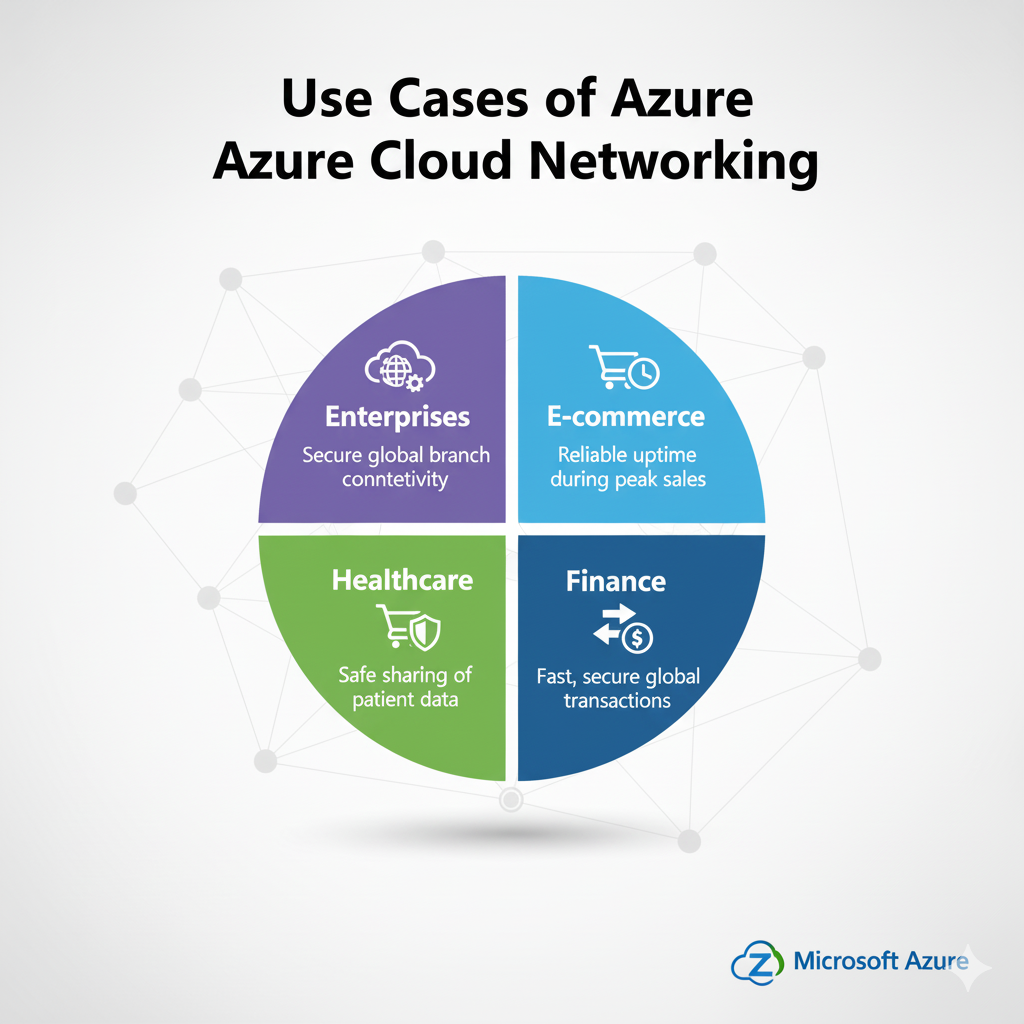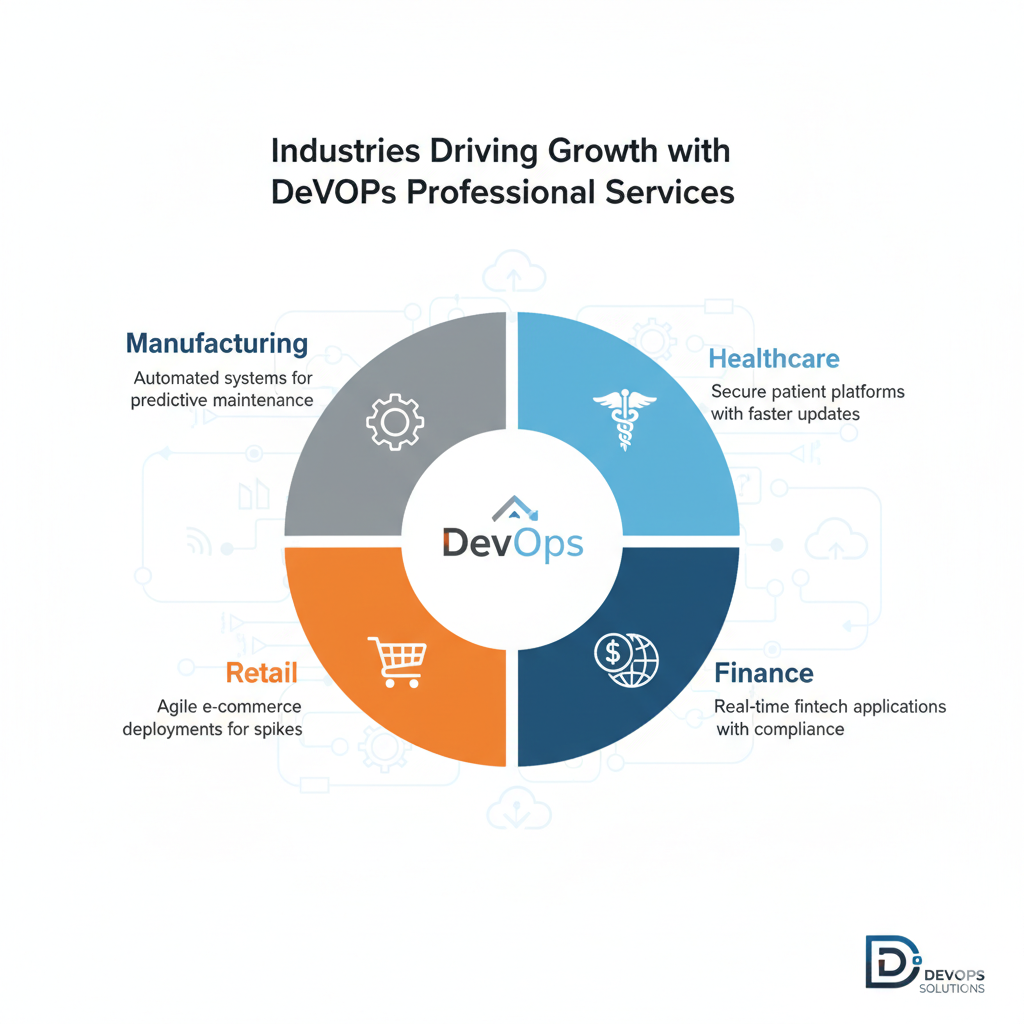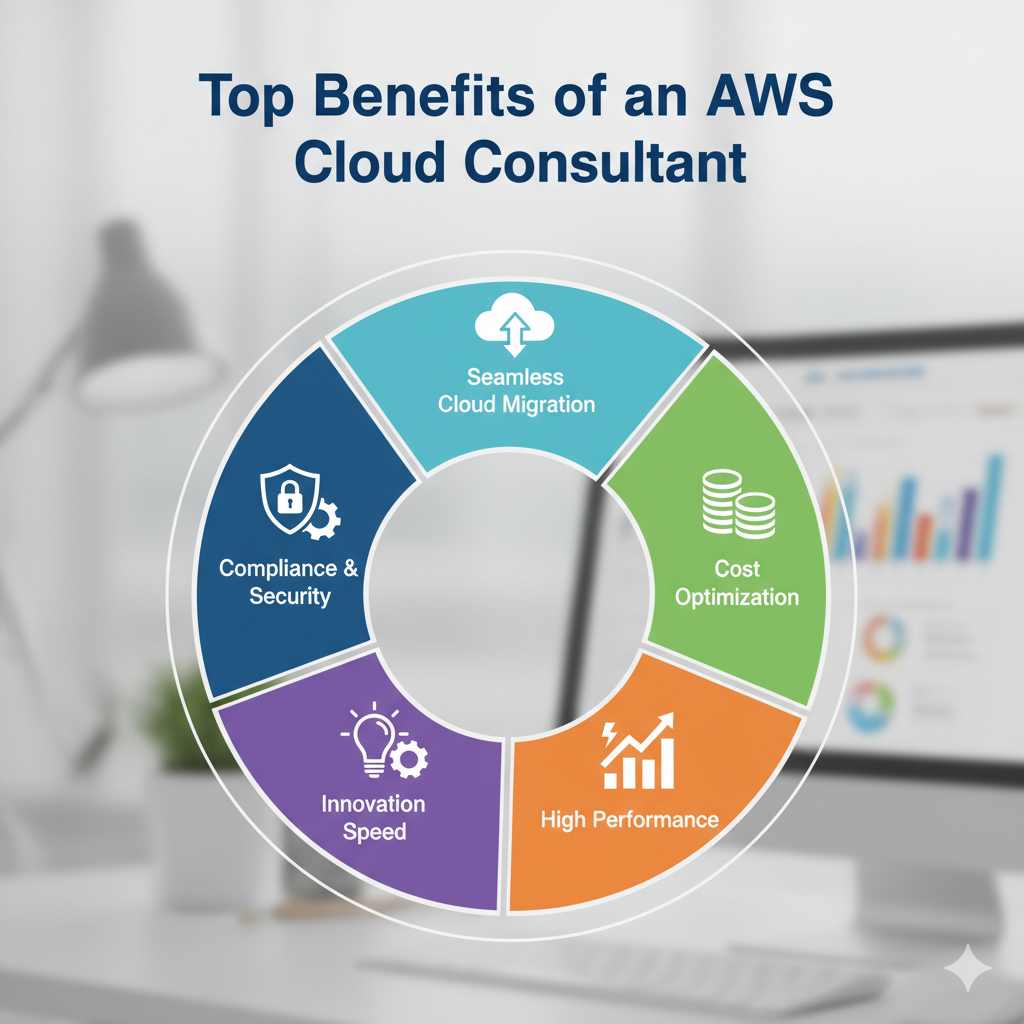- Introduction 🚀Maintaining compliance with industry regulations and internal policies is more critical—and challenging—than ever in the rapidly evolving landscape of cloud computing. Continuous compliance ensures that your cloud environment meets regulatory standards at all times, reducing the risk of costly violations and enhancing overall security. At Expert Cloud Consulting, where we specialize in AWS and Azure Cloud Consulting Services and DevOps Services, we understand the importance of balancing control and accessibility in a hybrid cloud setup. This blog explores the tools and techniques for achieving continuous compliance in the cloud.The Importance of Continuous Compliance
Compliance is not a one-time task but an ongoing process. In dynamic cloud environments, where resources and configurations frequently change, maintaining continuous compliance is essential for several reasons:
- Avoiding Penalties
Non-compliance can lead to significant fines and legal issues.
- Enhancing Security 🔄
Adhering to compliance standards often aligns with best security practices, protecting sensitive data.
Demonstrating compliance can enhance your reputation with customers, partners, and stakeholders.
- Tools for Continuous Compliance
Both AWS and Azure offer a variety of tools designed to help organizations maintain continuous compliance. Here are some key tools to consider:
AWS Tools
AWS Config
- AWS Config provides a detailed view of the configuration of AWS resources in your account. It continuously monitors and records your AWS resource configurations and allows you to automate the evaluation of recorded configurations against desired configurations.
- AWS CloudTrail
- AWS CloudTrail enables governance, compliance, and operational and risk auditing of your AWS account. It continuously logs and retains account activity related to actions across your AWS infrastructure.
- AWS CloudTrail
- Azure Tools
- Azure Policy
- Azure Policy helps you enforce organizational standards and assess compliance at scale. It allows you to create, assign, and manage policies that enforce different rules and effects over your resources.
- Azure Security Center
- Azure Security Center is a unified infrastructure security management system that strengthens the security posture of your data centers and provides advanced threat protection across hybrid workloads.
Techniques for Continuous ComplianceBeyond tools, implementing effective techniques is crucial for maintaining continuous compliance:
Automated Compliance Monitoring
Automating compliance monitoring ensures that deviations from compliance standards are detected and corrected promptly. Use tools like AWS Config and Azure Policy to automate compliance checks and remediation.
Policy-Driven Governance
Establish and enforce policies that govern the use of cloud resources. This includes defining acceptable configurations, usage patterns, and access controls. Azure Blueprints and AWS Organizations can help in setting these policies at scale.
Regular Audits and AssessmentsConduct regular audits and assessments to ensure compliance with evolving regulatory requirements and internal policies. Use AWS CloudTrail and Azure Security Center to facilitate thorough and continuous audits.
- Security Information and Event Management (SIEM)
Integrate SIEM solutions to aggregate and analyze log data from various sources. This provides real-time insights into potential compliance violations and security threats. AWS Security Hub and Azure Sentinel are excellent choices for SIEM integration.
- Training and Awareness
Continuous compliance is as much about people as it is about technology. Ensure that your team is well-trained and aware of compliance requirements and best practices. Regular training sessions and updates on compliance standards can help maintain vigilance.
- Training and Awareness
- Security Information and Event Management (SIEM)
Conclusion
Continuous compliance in the cloud is essential for protecting your business from regulatory penalties, enhancing security, and building trust with stakeholders. Leveraging the right tools and techniques can simplify the complex task of maintaining compliance in dynamic cloud environments.


